The Sweet Symphony: A Deep Dive into the Wonderful World of Cake Making
There’s a unique magic that happens when flour, sugar, eggs, and butter come together. It’s more than just baking; it’s an alchemy of flavor, a canvas for creativity, and often, a profound expression of love. For those of us who have truly fallen under its spell, the act of making a cake is an experience that delights all the senses – the comforting aroma filling the kitchen, the satisfying texture of mixing batter, the visual feast of a beautifully decorated creation, and of course, the exquisite taste of that first bite.
I’ve met countless people who, like me, find immense joy in every step of the cake-making process. Whether it’s whipping up a simple treat for a weeknight dessert or crafting an elaborate showstopper for a milestone celebration, the dedication and passion of a true cake maker shine through. This isn’t just about following a recipe; it’s about understanding ingredients, mastering techniques, and infusing every creation with a piece of your heart.
In this extensive exploration, we’re going to delve deep into the multifaceted world of cake making. We’ll celebrate the dedicated artisans in our communities, uncover endless sources of inspiration, explore the spectrum of recipes from comforting classics to gourmet delights, chart the path to becoming a professional cake maker, advocate for sharing our sweet triumphs, and offer practical advice on mastering those tricky baking techniques. So, tie on your apron, preheat your oven, and let’s whisk ourselves away into the sweet symphony of cake!
The Heart of the Batter: Why We Love to Make Cakes
Before we dive into the practicalities, let's acknowledge the root of it all: the sheer joy and passion that drives us to make cakes. For many, it's a creative outlet, a therapeutic escape from the daily grind. The rhythmic hum of the mixer, the precise measurements, the delicate folding of ingredients – these actions can be meditative, grounding.
Then there's the joy of creation. Taking raw ingredients and transforming them into something beautiful and delicious is incredibly rewarding. It’s a tangible expression of care, whether it’s for a family member, a friend, or even a client. A cake isn't just dessert; it's a centerpiece, a conversation starter, a symbol of celebration, comfort, or affection.
And let's not forget the sensory experience. The rich scent of vanilla and chocolate wafting through your home, the vibrant colors of fresh fruit or expertly dyed frosting, the satisfying texture of a perfectly baked crumb – these elements engage us fully. When someone takes that first bite and their eyes light up, that's the ultimate payoff, a confirmation of the love and effort poured into every single slice. This deep connection to the craft is what elevates a simple baker to a true cake maker, someone who truly understands and embodies the spirit of their creations.
Finding Your Local Cake Artisan: A Sweet Connection
In an age of mass production, there's something incredibly special about a cake made by a professional local cake maker. These are the unsung heroes of our communities, turning dreams into edible realities for birthdays, weddings, anniversaries, and all life's moments in between.
Why Choose a Local Cake Maker?
- Personalized Service: Unlike large chains, a local baker can offer bespoke creations tailored exactly to your vision. They'll take the time to understand your event, your preferences, and your budget, offering consultations and tastings to ensure every detail is perfect.
- Unique Flavors and Designs: Local artisans often experiment with unique flavor combinations and innovative decorating techniques, providing options you won't find anywhere else. They infuse their personality and local flair into their creations.
- Freshness and Quality: Operating on a smaller scale, local cake makers typically use higher quality, fresher ingredients, often sourced locally. This commitment to quality translates directly into superior taste and texture.
- Supporting Your Community: When you choose a local baker, you're not just buying a cake; you're investing in your local economy, supporting small businesses, and helping to foster a vibrant community.
- Passion and Craftsmanship: For many local cake makers, their business is a labor of love. This passion is evident in the meticulous detail and exceptional care they put into every single cake.
How to Find a Professional Cake Maker in Your Local Area:-
- Word of Mouth: Ask friends, family, and colleagues for recommendations. A personal endorsement is often the best indicator of quality and reliability.
- Online Search: Google Maps, Yelp, and local business directories are excellent resources. Use search terms like "custom cakes [your town]," "wedding cakes [your city]," or "local bakeries."
- Social Media: Instagram and Facebook are visual goldmines for bakers. Search local hashtags (e.g., #yourtowncakes, #yourcitybaker) or look for local foodie groups where recommendations are often shared.
- Local Markets and Events: Farmers' markets, craft fairs, and local food festivals often feature independent bakers showcasing their talents. It’s a great way to sample their work and meet them in person.
- Review Sites: Pay attention to customer reviews and look for consistent praise regarding taste, design, professionalism, and customer service.
Before committing, always ask to see a portfolio of their work, inquire about their pricing structure, and discuss your specific needs. A good local cake maker will be transparent, communicative, and excited to bring your vision to life.
Where Sweet Dreams Begin: Inspiration for Cake Ideas and Designs
One of the most exciting, and sometimes daunting, aspects of cake making is coming up with design ideas. Whether you're baking for a client or a loved one, finding that spark of inspiration can transform a simple cake into a breathtaking creation.
Tapping into Your Creative Wellspring:
- Nature's Palette: The natural world is an endless source of inspiration. Think about floral arrangements, intricate leaf patterns, the vibrant colors of a sunset, abstract textures of rock or water. These elements can translate beautifully into edible art through piping, painting, or sugar work.
- Art and Architecture: Explore art galleries, design magazines, or even historic buildings. Cubism, Art Deco, Impressionism – each style offers unique lines, shapes, and color schemes that can inspire a cake's structure or decorative elements.
- Client/Recipient's Personality: For custom orders, the best inspiration comes directly from the person the cake is for. What are their hobbies, passions, favorite colors, pet, or dream destination? Incorporating personal touches makes the cake incredibly meaningful. A cake for a gardener might feature edible flowers and a trowel, while a cake for a gamer could be designed like their favorite console or character.
- Fashion and Trends: Keep an eye on current fashion trends, interior design, and graphic design. Popular color palettes, fabric textures (like ruffles or lace), and geometric patterns often make their way into cake design.
- Pinterest and Instagram: These platforms are visual treasure troves. Create mood boards, follow renowned cake artists, and save images that catch your eye. Be careful not to just copy, but to use them as jumping-off points for your own unique interpretation.
- Edible Mediums Themselves: Sometimes, the inspiration comes from the materials you're working with. The way buttercream can be smoothed flawlessly, the intricate details achievable with fondant, the delicate translucence of isomalt – each medium invites different creative possibilities.
- Storytelling: Every cake has a story. What narrative do you want to convey? A wedding cake tells the story of love and new beginnings; a birthday cake celebrates a year lived and memories made. Let the story guide your design choices.
Tips for Developing Your Ideas:
- Sketch It Out: Even if you're not an artist, drawing simple diagrams of your cake can help visualize layers, colors, and placement of decorations.
- Color Theory: Understand how colors interact. A well-chosen color palette can elevate even the simplest design.
- Balance and Proportion: Consider the overall balance of your design. Large elements need small elements to create interest, and proportion is key for a visually appealing cake.
- Don't Be Afraid to Experiment: Some of the best ideas come from trial and error. Embrace the process of discovery!
From Simple Slices to Gourmet Masterpieces: Recipes for Every Baker
The vast world of cake recipes offers something for everyone, regardless of skill level or occasion. From the comforting simplicity of a classic bundt cake to the intricate layers of a multi-tiered gourmet creation, each recipe invites a unique baking experience.
Easy Cakes: Comfort, Simplicity, and Speed
Easy cakes are perfect for beginners, busy weeknights, or when you need a reliable crowd-pleaser with minimal fuss. They prioritize straightforward techniques, readily available ingredients, and often require less elaborate decoration.
Examples:
Sheet Cakes: Simple to mix and bake in a single pan, often topped with a basic buttercream or glaze. Think classic vanilla, chocolate, or red velvet sheet cake.
Bundt Cakes: Often require just one bowl and provide their own beautiful shape grâce to the fluted pan. Lemon poppy seed, marble, or cinnamon swirl bundt cakes are popular.
Mug Cakes: The ultimate in quick gratification, baked in minutes in a microwave. While small, they teach basic ratios and ingredient interactions.
Dump Cakes: As the name suggests, ingredients are "dumped" into a pan with minimal mixing, relying on fruit and cake mix for flavor.
Simple Layer Cakes: A basic two-layer cake (like a traditional yellow cake with chocolate frosting) with easy-to-spread frosting and minimal embellishment.
What Makes Them Easy:
- Fewer steps, often "one-bowl" methods.
- Common ingredients.
- Minimal specialized equipment.
- Forgiving techniques (less prone to catastrophic failure).
- Focus on delicious flavor over intricate presentation.
Gourmet Cakes: Elevating the Art of Baking
Gourmet cakes are about sophistication, complexity, and a heightened sensory experience. They often involve multiple components, delicate techniques, and exotic or high-quality ingredients, resulting in a show-stopping dessert that truly impresses.
Examples:
Multi-layered Entremets: Featuring various textures and flavors in each layer – often a mousse, a crémeux, a sponge, and a crunchy element, all finished with a glossy glaze.
Mirror Glaze Cakes: Visually stunning cakes covered in a perfectly smooth, reflective glaze, often with intricate internal structures.
Specialty Flavor Combinations: Cakes that combine unexpected or refined flavors, such as Pistachio Rose, Earl Grey Lavender, or Dark Chocolate Raspberry with Balsamic Reduction.
Figurative or Sculpted Cakes: Cakes designed to look like objects, characters, or intricate structures, requiring advanced carving, decorating, and construction skills.
Wedding Cakes: Often multi-tiered, requiring structural integrity, perfectly smooth finishes, and delicate sugar flowers or intricate piping.
What Makes Them Gourmet:
More complex recipes with multiple steps and components.
Require precise techniques (e.g., tempering chocolate, making Italian meringue buttercream, working with fine emulsions).
Often use premium or unusual ingredients (e.g., single-origin chocolate, specialty flours, exotic fruits, high-quality extracts).
Emphasize aesthetic perfection and intricate decoration.
Demand patience, attention to detail, and a higher level of skill.
Where to Find Recipes:
- Cookbooks: Classic baking bibles, specialized dessert books, and pastry chef publications are excellent for both easy and gourmet recipes.
- Reputable Baking Blogs & Websites: Many professional bakers and food bloggers share their tested recipes with detailed instructions and photos. Look for those with strong user reviews.
- Online Cooking Communities: Websites like Allrecipes or Food52 offer user-submitted recipes, often with helpful comments and adaptations.
- Baking Classes: Hands-on classes are invaluable for learning gourmet techniques and specific recipes from experienced instructors.
- Whether you're craving a humble slice of homemade goodness or aspiring to create a culinary masterpiece, the perfect cake recipe is out there, waiting for you to bring it to life.
- Baking Your Path: How to Become a Cake Maker
The allure of turning a passion for cake creations into a profession is strong. If you dream of making cakes for a living, here's a roadmap to guide you on your sweet journey.
1. Develop Your Skills – The Foundation:
Master the Basics: Before you can innovate, you must master the fundamentals. Perfect basic cake batters (vanilla, chocolate, red velvet), various buttercreams (American, Swiss meringue, Italian meringue), and simple decorating techniques (crumb coating, smoothing frosting).
Practice, Practice, Practice: The only way to improve is by doing. Bake constantly. Experiment with different recipes, ingredients, and techniques. Don't be afraid of failures; they are your best teachers.
Learn from the Best:
Formal Education: Consider culinary school or a pastry arts program. These provide structured learning, foundational knowledge of culinary science, hygiene, and advanced techniques.
Informal Education: If formal schooling isn't an option, seek out local baking classes, online courses (e.g., Craftsy, Wilton), or workshops from experienced local bakers. YouTube tutorials are a fantastic free resource.
Mentorship/Apprenticeship: If possible, try to intern or work for an established bakery or cake designer. Hands-on experience under a professional is invaluable.
2. Build Your Portfolio – Your Visual Résumé:
Document Everything: Take high-quality photos of every cake you make, regardless of whether it's for a client or just for fun. Good lighting and composition are key.
Showcase Your Range: Include a variety of designs, flavors, and techniques to demonstrate your versatility.
Create a Digital Portfolio: A professional website, Instagram page, or Facebook page is essential for showcasing your work to potential clients.
3. Understand the Business Side – Beyond the Batter:
- Business Plan: Outline your target market, pricing strategy, marketing plan, and financial projections.
- Legalities: Research local regulations regarding food preparation (food safety certifications, kitchen inspections), business registration, and insurance. Many home-based businesses have specific rules to follow.
- Pricing: Learn how to accurately price your cakes. This isn't just about ingredient cost; it includes your time, skill, overhead (utilities, equipment, marketing), and profit margin. Underselling yourself is a common mistake.
- Customer Service: Excellent communication, reliability, and professionalism are crucial for building a strong reputation and securing repeat business.
- Marketing and Branding:
- Brand Identity: Develop a unique style, logo, and brand name that reflects your aesthetic.
- Online Presence: Maintain active social media channels, engage with your audience, and consider local advertising.
- Networking: Connect with other local vendors (event planners, florists, photographers) who can refer clients to you.
4. Cultivate Your Niche and Passion:
- Find Your Style: What kind of cakes do you truly love to make? Do you specialize in intricate sugar flowers, whimsical sculpted cakes, elegant wedding tiers, or rustic naked cakes? Specializing can help you stand out.
- Continuous Learning: The baking world is always evolving. Stay updated on new trends, techniques, and ingredients. Attend trade shows, read industry publications, and keep experimenting.
- Resilience: There will be challenges, frustrations, and occasional failures. A strong passion for cake making and a resilient spirit will help you overcome obstacles.
Becoming a professional cake maker is a blend of artistic talent, technical skill, business acumen, and unwavering dedication. It’s a challenging but incredibly rewarding path that allows you to bring joy and sweetness to people's lives through your edible art.
Our Sweetest Stories: Sharing Your Cake Creations and Experiences
In the age of social media, sharing our creative endeavors has become an integral part of the process, and cake making is no exception. Sharing your cake creations and experiences isn't just about showing off; it's about connecting, learning, and inspiring.
- Why Share Your Cake Creations?
- Build a Portfolio: As mentioned, if you're aspiring to be a professional, sharing your work online is essential for building a visual portfolio that clients can browse.
- Receive Constructive Feedback: A community of fellow bakers can offer valuable insights, tips, and constructive criticism that helps you improve.
- Inspire and Be Inspired: Your creations might spark an idea for someone else, and in turn, seeing others' work can ignite your own creativity. It's a beautiful cycle of artistic exchange.
- Connect with a Community: Baking can sometimes feel like a solitary pursuit. Sharing online allows you to connect with like-minded individuals, share challenges, celebrate successes, and build friendships.
- Track Your Progress: Looking back at your earlier work can be incredibly motivating, showing you how far you've come and reinforcing your growth.
- Create Memories: Each cake often marks a special occasion or memory. Sharing photos and stories preserves these moments.
How to Share Your Creations and Experiences:
- High-Quality Photography: This cannot be stressed enough. A beautifully made cake can look unappealing with poor lighting or a cluttered background. Invest time in learning basic food photography – natural light, clean backgrounds, and interesting angles make a huge difference.
- Tell the Story: Don't just post a picture. Share the "why" behind the cake. Was it for a challenging client, a surprise for a loved one, or an experiment with a new technique? What were the joys and struggles? People connect with stories.
- Utilize Social Media Platforms:
- Instagram: The dominant platform for visual arts. Use relevant hashtags (#cakeart, #customcakes, #bakinglove, #cakestagram, #homebaker, #yourcitycakes) to reach a wider audience.
- Facebook: Share in local community groups, baking groups, or on your own business/personal page.
- Pinterest: A fantastic platform for organizing and sharing inspiration, where your work can be discovered by others planning events.
- Baking Blogs/Websites: If you enjoy writing, start a blog where you can share detailed processes, recipes (if you're comfortable), and longer narratives.
- Engage with Your Audience: Respond to comments, ask questions, and be part of the conversation. Community is built on interaction.
- Attend Local Events: Showcase your creations at local bake sales, farmers' markets, or community fairs. Getting in-person feedback and interacting with potential clients or fellow enthusiasts is invaluable.
Sharing your passion for cake making, whether you're an amateur or a professional, enriches not only your own journey but also contributes to the vibrant, inspiring world of edible art. Don't keep your sweet stories to yourself; slice them up and share them with the world!
Mastering the Art: Help with Specific Baking Techniques
Even seasoned bakers encounter challenges. Certain techniques can be notoriously tricky, but with a bit of understanding and practice, you can transform common baking frustrations into consistent triumphs. Let's tackle two key areas: achieving moist cakes and mastering cake decorating.
Technique 1: The Quest for the Perfectly Moist Cake
Dry cake is perhaps the most common baking disappointment. Here's how to ensure your cakes are consistently tender, rich, and wonderfully moist:
Understand Your Ingredients:
Fats are Your Friends: Oil-based cakes (like chocolate or carrot cake) tend to be moister than butter-based cakes because oil is liquid at room temperature. For butter cakes, ensure your butter is softened, and consider adding a neutral oil alongside it.
Buttermilk, Yogurt, Sour Cream: These acidic dairy products tenderize the crumb by breaking down gluten and reacting with baking soda, leading to a softer, moister texture.
Brown Sugar: Contains molasses, which adds moisture and a subtle caramel flavor.
Eggs: Provide structure and moisture; ensure they are at room temperature for better emulsification.
Fruit and Vegetable Purées: Applesauce, pumpkin purée, mashed bananas, and grated zucchini add significant moisture and can replace some fat.
Mixing Method Matters:
Creaming Method (Butter Cakes): Cream butter and sugar thoroughly until light and fluffy. This incorporates air and creates a tender crumb. Add eggs one at a time, mixing well after each. Alternate dry and wet ingredients, starting and ending with dry, mixing just until combined.
Reverse Creaming Method: Mix dry ingredients together, then add softened butter and mix until crumbly. Finally, add wet ingredients. This coats the flour in fat, preventing gluten development and resulting in an incredibly tender, moist cake.
Don't Overmix: Overmixing develops gluten, leading to a tough, dry cake. Mix only until the ingredients are just combined. A few lumps in the batter are fine.
Prevent Overbaking (The Arch-Nemesis of Moisture):
- Accurate Oven Temperature: Use an oven thermometer. Many ovens are inaccurate.
- Don't Rely Solely on Time: Oven times are guides. Start checking for doneness a few minutes before the recipe suggests.
- Test for Doneness: A wooden skewer inserted into the center should come out with moist crumbs, but not wet batter. If it comes out clean, it might already be slightly overbaked. The cake should spring back when lightly touched.
- Cooling Correctly: Let the cake cool in the pan for 10-15 minutes (or as recipe dictates) before inverting onto a wire rack to cool completely. This allows residual heat to finish baking and sets the structure. Don't let it sit in the pan too long, or it might become soggy.
The Secret Weapon: Simple Syrup:
*Once a cake is cooled, brush it generously with a simple syrup (equal parts sugar and water, simmered until sugar dissolves, then cooled). You can flavor it with vanilla, extracts, or liqueurs. This adds an extra layer of moisture and flavor, especially good for cakes that will sit for a day or two.
Technique 2: Demystifying Cake Decorating
Decorating is where the cake transforms from a baked good into a piece of art. It can be intimidating, but breaking it down into manageable steps helps:
The Foundation: Leveling and Crumb Coating
Level Your Cakes: Use a serrated knife or a cake leveling tool to cut off any domes, creating flat surfaces for stable stacking.
Crumb Coat: After stacking and filling, apply a very thin layer of frosting all over the cake. This "traps" any loose crumbs, preventing them from mixing into your final frosting layer. Chill the cake in the fridge for 15-30 minutes until the crumb coat is firm. This step is non-negotiable for a smooth finish.
Achieving Smooth Frosting:
Right Consistency: Your frosting (especially buttercream) needs to be the right consistency – spreadable but firm enough to hold its shape. Too stiff, and it will tear the cake; too soft, and it won't smooth well. Add milk/cream (for softer) or powdered sugar (for stiffer) incrementally.
Tool Choice: Use an offset spatula or a large straight spatula for applying frosting. A bench scraper or smoothing tool is essential for getting perfectly straight sides.
Technique: Apply a generous amount of frosting to the top and sides. For the sides, hold the bench scraper perpendicular to the cake and parallel to the turntable (if using). Rotate the cake slowly, applying gentle, even pressure to scrape off excess frosting, creating a smooth finish. Clean your scraper often.
Piping Basics:
Piping Bags and Tips: Good quality disposable piping bags and a set of basic metal piping tips (round, star, leaf, petal) are a must.
Filling the Bag: Don't overfill the bag. Twist the top to seal the frosting and apply even pressure with your dominant hand, guiding with your other hand.
Practice, Practice, Practice: Practice on parchment paper. Learn consistent pressure, how to start and stop, and various movements. Start with simple dots, stars, and basic borders before moving to more complex designs.
Working with Fondant (Introduction):
Kneading: Fondant needs to be kneaded until pliable and smooth. If too stiff, microwave for a few seconds. If sticky, dust with cornstarch/powdered sugar.
Rolling: Roll fondant on a surface dusted with cornstarch or powdered sugar (or use a silicone mat) to an even thickness, large enough to cover your cake.
Covering: Carefully lift the fondant over your cake, drape it, and gently smooth it down with your hands and a fondant smoother, working from top to bottom, easing out pleats as you go. Trim excess with a sharp knife or pizza cutter.
Color Theory and Application:
Gel Colors: Use gel food colors over liquid drops, as they are concentrated and won't thin your frosting. Add a tiny amount at a time and mix thoroughly to achieve desired shades.
Natural Dyes: For a more subtle look, consider natural food colorings from fruits or vegetables.
Join the Sweet Symphony: Your Turn to Share!
As we've journeyed through the delightful world of cake making, it's clear that this craft is more than just a hobby or a business; it's a passion, a form of expression, and a way to connect. From the humble home baker to the professional cake artist, we are all part of a vibrant, supportive community united by our love for all things sweet.
Perhaps you're now inspired to seek out that incredible local bakery for your next celebration, or maybe you're ready to embark on your own path to becoming a professional cake maker. You might have found new ideas for your next cake creation or gained the confidence to tackle that tricky frosting technique.
September 11, 2025
by: Ayarr Web
Follow Comment Share


























































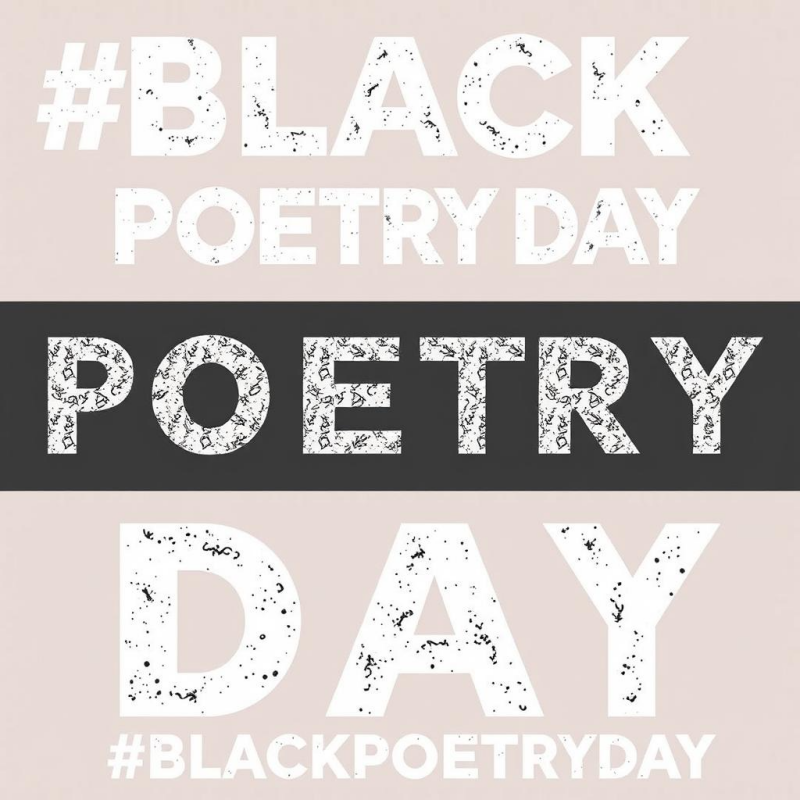















































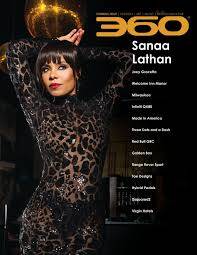

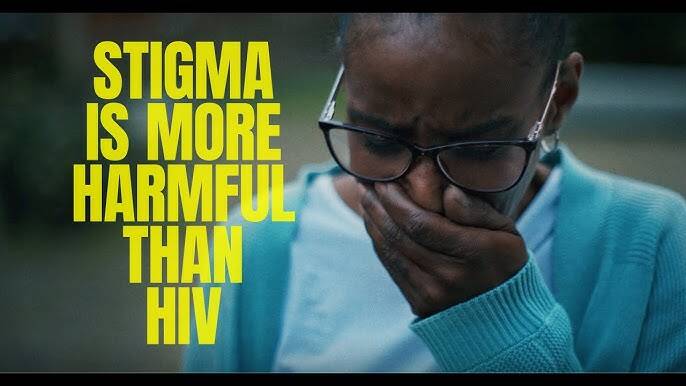





















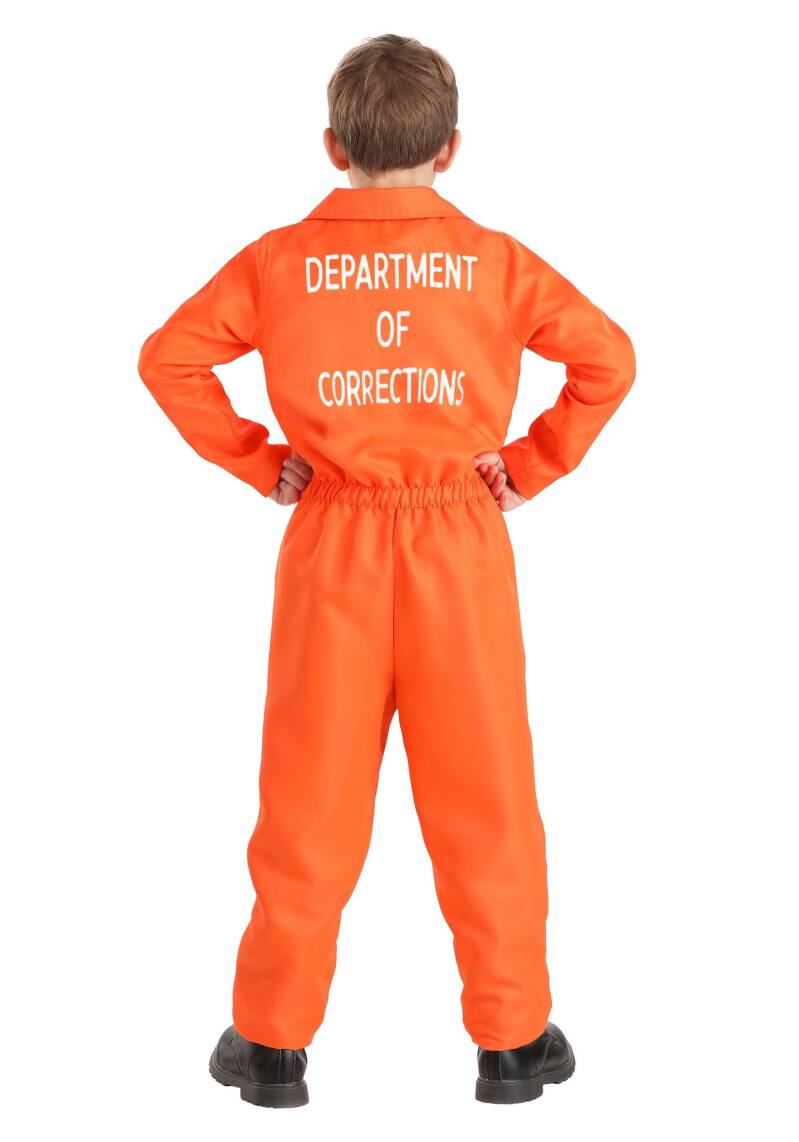




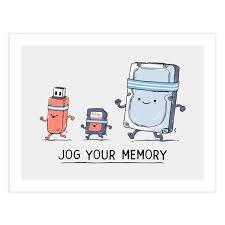




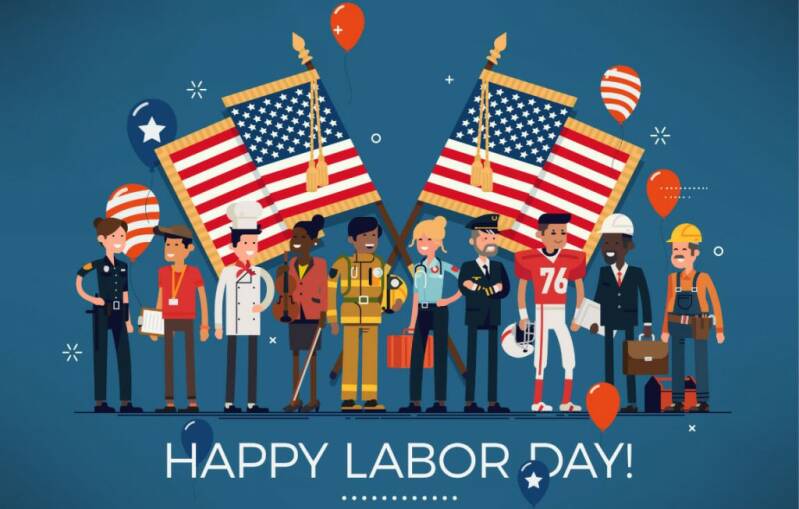


































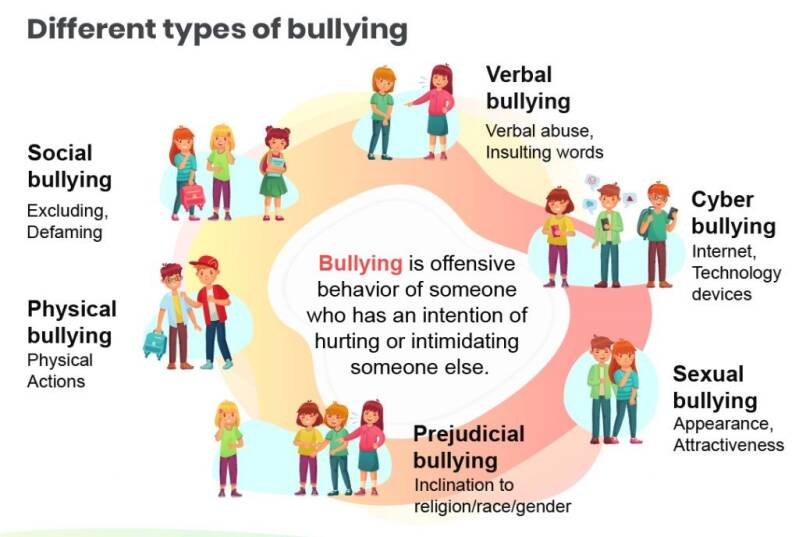

















































































































Create Your Own Website With Webador